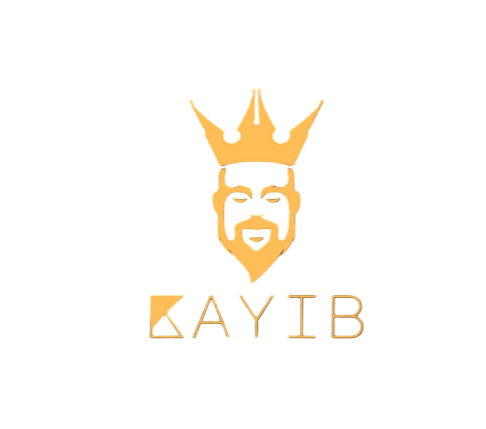
As explained above (and in many other articles), many of our clothes originate from England. Especially hunting outfits of British gentlemen, of which the covert coat is a part! Indeed, "covert" refers to the fodder in which the game was hiding!
The covert coat was precisely used to penetrate this fodder, which required a fabric resistant to brushwood, not very dirty and protecting from the British climate (which is not known for its clemency and softness).
The version we know today comes from Cordings, a British company in Picadilly. The fabric was usually khaki or fawn, to be camouflaged in the forest, with a mottled aspect to hide the dirt. The wool making up the coat was fluffy and dense.

A shorter length than the other coats, so that it could be worn on horseback (it was no longer than 86 cm) which was enough to cover the riding jacket by over 10 cm.
It is also more curved than a chesterfield (hunting outfits being more minimalist due to a slightly more adventurous use). It also has a central slit and a front buttoning under the paw, to prevent the buttons from catching on the brush...

A typical covert coat also has rows of topstitching on the pockets and sleeves: this was a very practical detail in the 20th century when the fabric was cut with straight edges (without finishing touches). This prevented the fabric from fraying too much. The topstitching was also the repair mark of the coat of a hunter who had ventured too far into the bush (proving his courage and determination).

Finally, the velvet collar also has a practical origin: the men of the time coated their hair with gomina, which soiled and greased too much wool collars.
It was complicated to find exactly the same wool as the coat to change collar, so it was replaced by a velvet collar that got dirty much less quickly.


